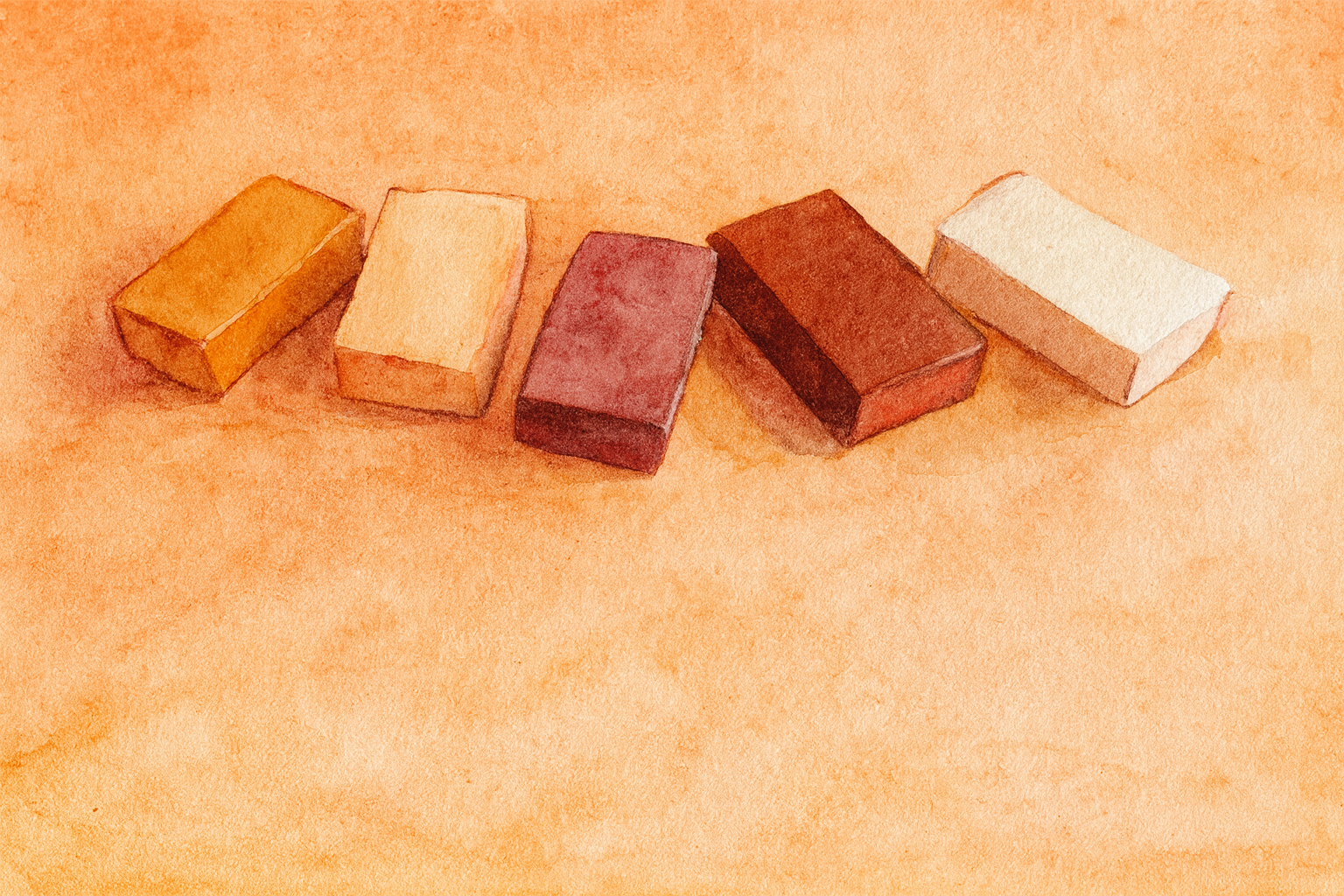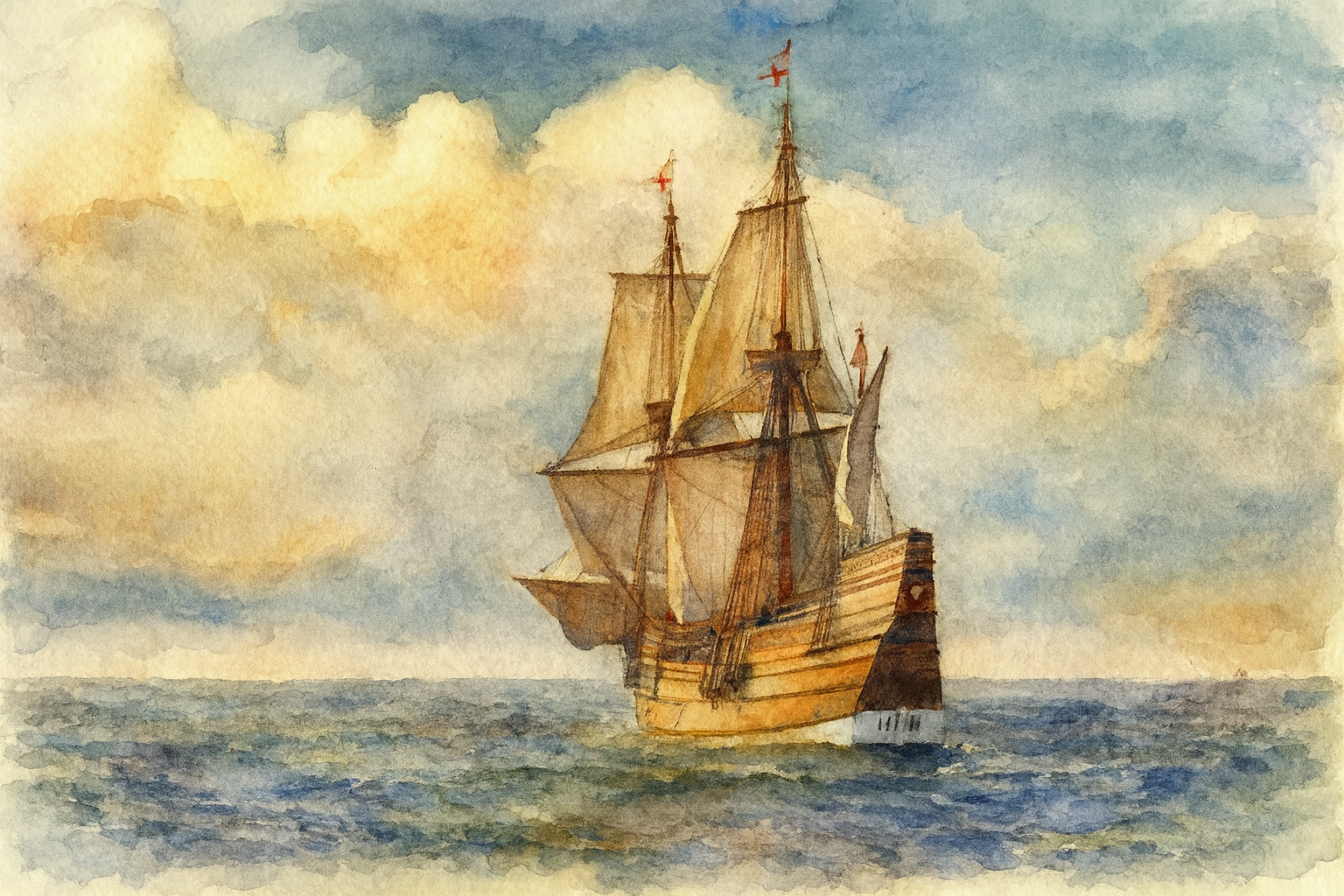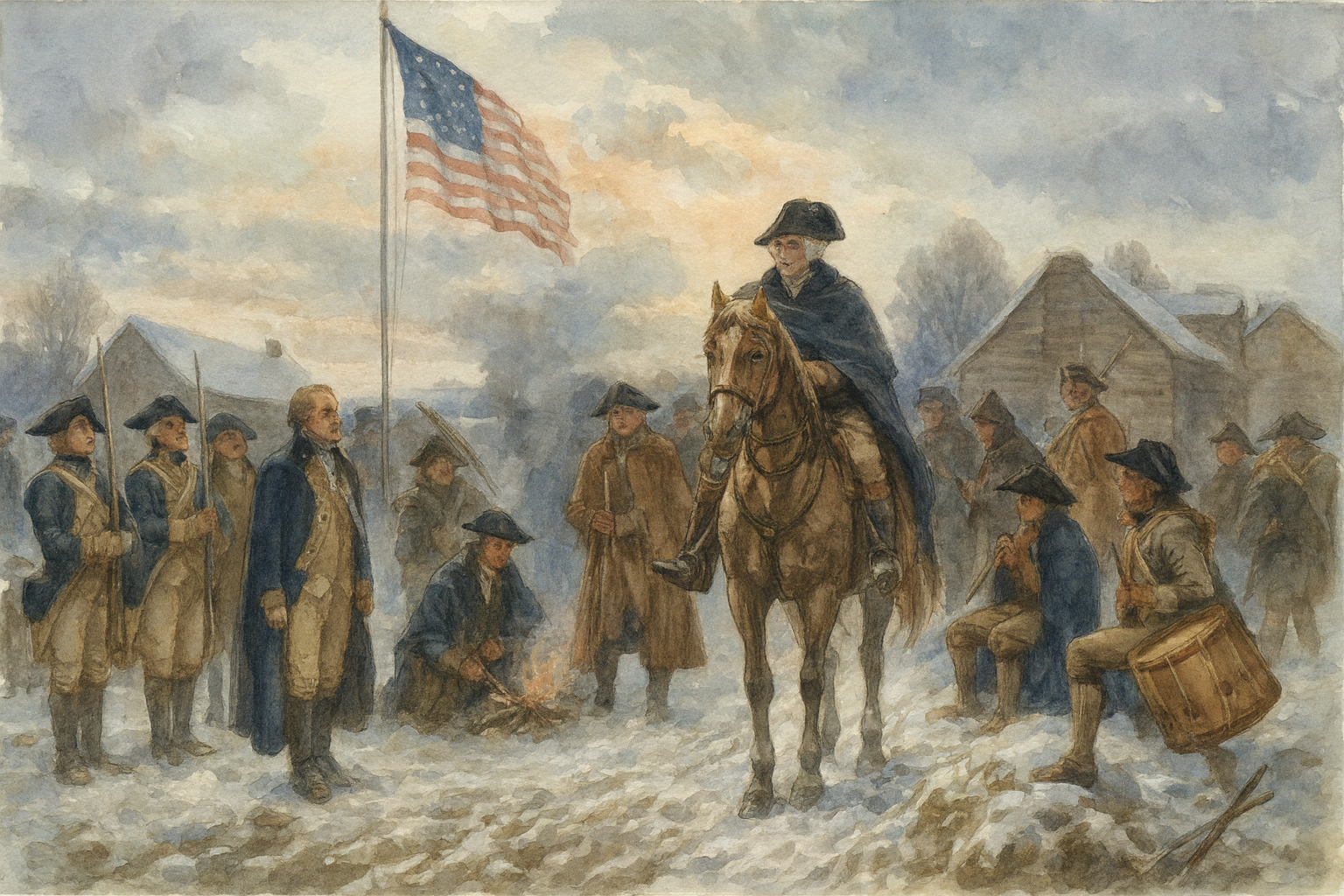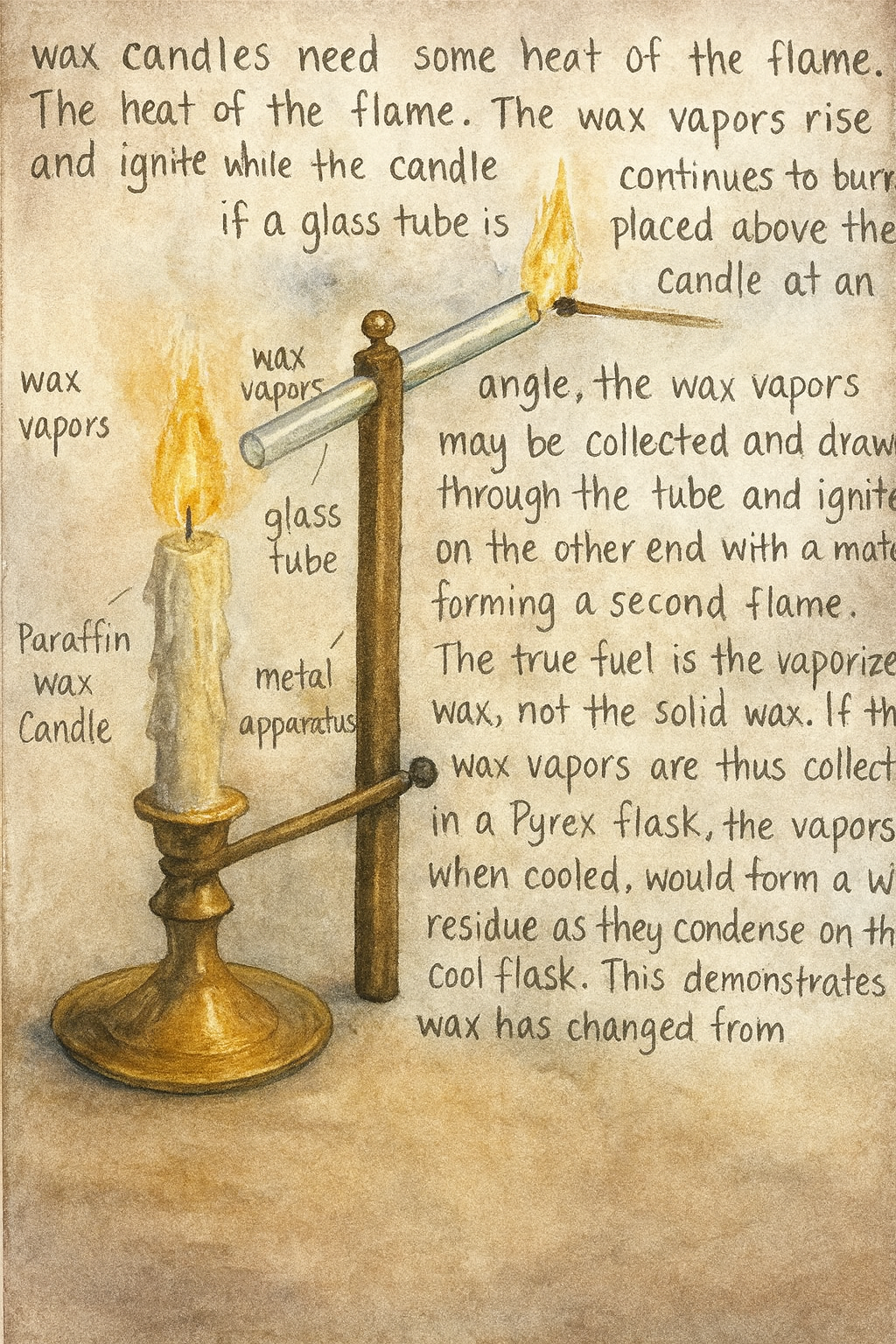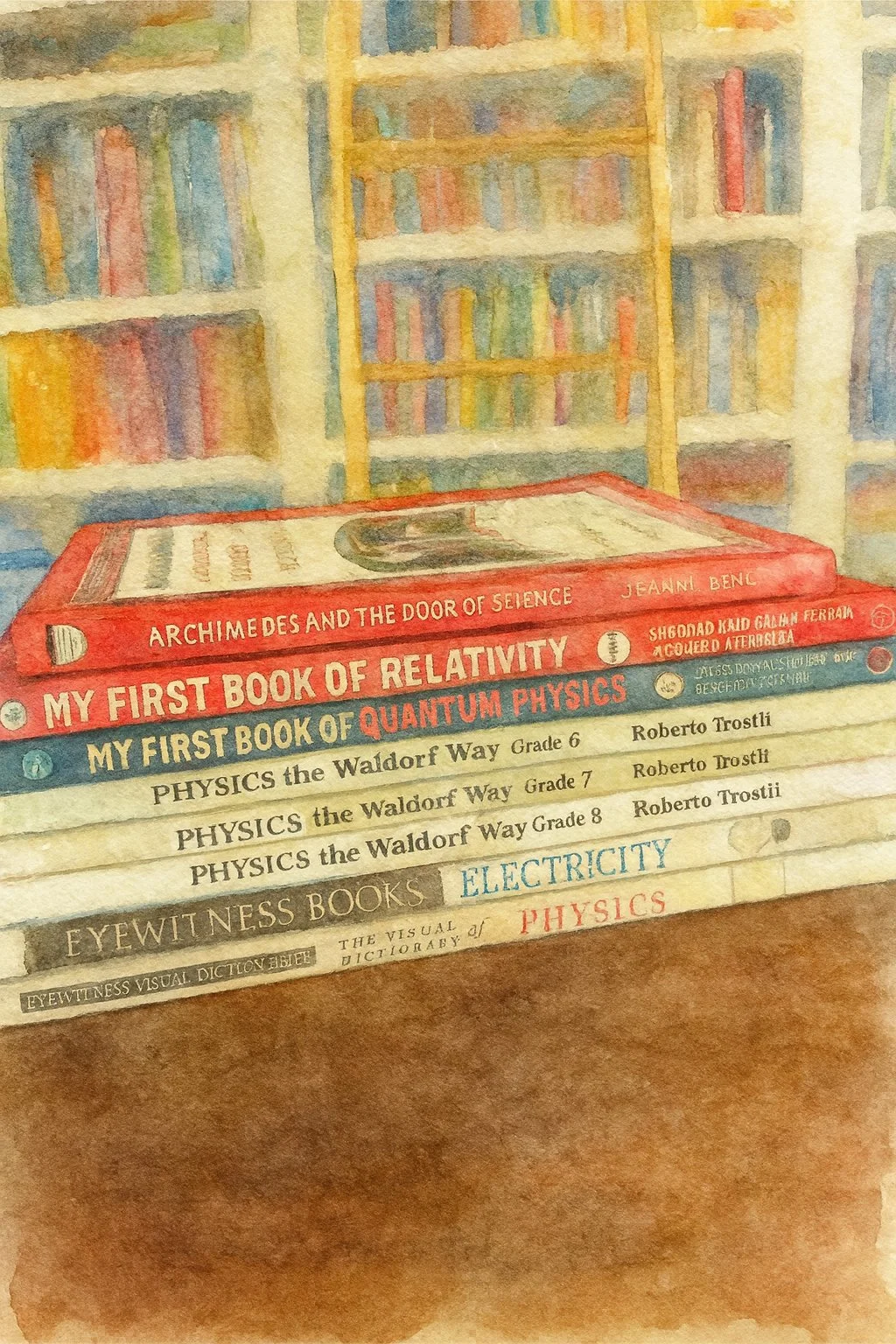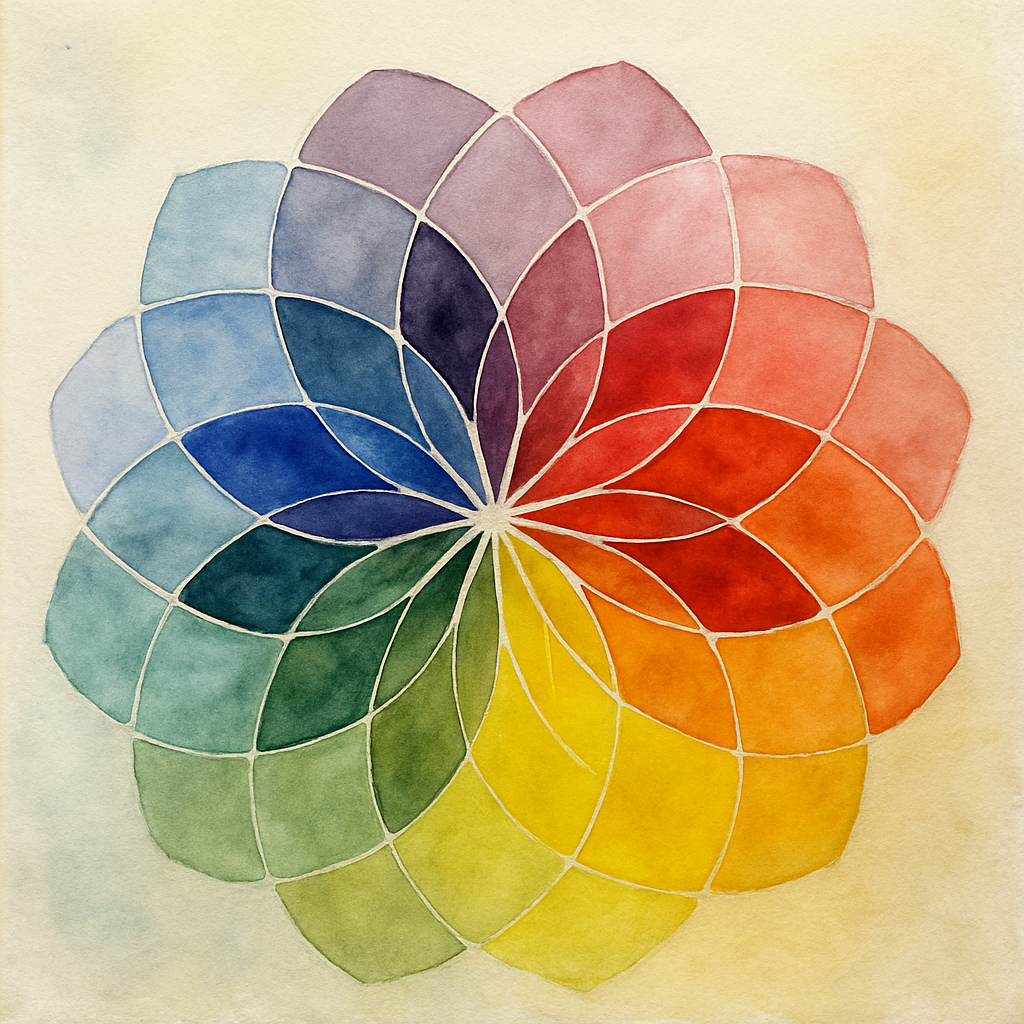Grade 8 | Age 14
Grade 8 in Waldorf education is a threshold. It’s a combination of the elementary years and the bridge to high school. Students of 14 years old, are stepping fully into adolescence. While they’re inner world may be turbulent, they are passionate individuals with the capability of possessing deep idealism and strong opinions. The once imaginative, dreamy world the child lived in now sees the world around them as real as they seek to understand truth through reason, experience, and understanding. And, they seek to find their place within the world.
The Grade 8 Waldorf curriculum acknowledges this milestone for the student by celebrating human achievement, independence and transformation. This echoes the students own awakening power. Grade 8 focuses on themes of revolution, both social and political: Scientific, Industrial, and Societal.
Students who have gone through puberty notice an inner strength awakening. They continue to have the desired to test limits and challenge ideas, as well as the people around them. Disagreements with parents, friends or family may last longer and appear more dramatic than in previous years or in the years to come.
With puberty comes a growth spurt. Students of 14 may find that their bodies and clothes are ill fitting. As they adjust to their new adult bodies, they may find themselves attempting to stand tall and grounded in the material world, or they may shrink and be shy until they develop the confidence that their new minds and bodies afford them.
They will continue to be intense and questioning and idealistic. They have not attained self reflection or enough perspective; however, it’s this passionate idealism that fuels their motivation to strive for change and betterment in the world around them.
The educational curriculum responds to this new self conscious strive for independence with history blocks that focus on the world in its grandeur, complexity, order and sometimes lawlessness. Themes focus on revolutions in history, revolutions in science, and revolutions in art and thought.
In Grade 7, students were discovering their individuality and awakening their inner sense of self. This year they tap into their personal power, mastery and moral awakening to work within the world and transform the outer just as their inner has gone through its own transformation. The young person stands between childhood and adulthood. They must now meet the world as it truly is awake and alert to find strength and direction within and without.
In History, the blocks focus on Revolutions, the industrial age and modern history. Themes focus on law, freedom, and social change. Students tend to do well with the subject areas as they are beginning to form their own opinions through acquisition of information and personal experience. The opportunity to debate these ideas is an important aspect of the middle school experience as they prepare for their high school years. Language arts continues with biographies, but moves into creative, expository, and persuasive writing. With all of the basic foundational skills mastered, students may focus on clarity of thoughts and articulation, structure of sentences and paragraphs and cultivating and refining their personal voice.
Mathematics is an exciting time for the Grade 8 student. The beauty of geometry will be revisited in the high school years with proofs and theorems, but this year is reserved for pre-algebra and algebra. For the first time, letters will be used in mathematics to represent the unknown. Equations will be worked on to discover solutions that grow in complexity as the lessons become more rigorous.
Whereas the history blocks were more extensive in the younger years, than the science blocks are the main focus of the middle school student. Students will continue with physics, chemistry, anatomy, and if they hadn’t previously covered blocks in mineralogy and astronomy, they will include those as well.
History blocks continue to include geography, but now global economy, climate and industry are included. For the first time students will dive deep into the moral and ethical challenges associated to industry, mining, and deforestation. Technology and machinery have been intentionally absent in the students educational life up to this point but in handwork, machinery is introduced in the form of a sewing machine to complement the history blocks, which include the industrial revolution. Likewise, while many students may not have phones, iPads, or laptops in class, certainly familiar with a technology and for the first time they may be introduced to how that technology uses the natural resources of this planet and the impact on the environment and its people.
Artistic representations of lessons continues, but a focus on perspective drawing, portraiture, charcoal and black-and-white drawings are stark difference from the dreamy, wet on wet watercoloring or colorful chalk pastel drawings that the students had previously experienced.
Dualism and polarity are themes that emerge and sleep in cycles throughout the curriculum. For the first time, shades of gray are purposefully examined both in art and in physics when looking at shadow. This mirrors the complexity that will follow when students recognize that things and people are not solely good or bad, but rather a complexity of the two.
The Grade 8 history blocks may begin with a brief review of the Renaissance and Reformation, moving into the age of revolutions: scientific, political and industrial. The French, American and industrial revolution are explored as expressions of human striving for liberty, equality and progress. Coming out of the Dark Ages in European history, students can see an enlightenment that came with the separation of church and state. However, there were outcomes of that separation of church and state that included challenges spiritually. As it is impossible in human nature not to have something to glorify, when religion was criticized, the natural and intentional replacement was science. However, science is devoid of spirituality. So the struggle for connection to the divine continues the more science is prioritized. The separation of church and state gave rise to the democracy and socialism, and the ideologies of communism and capitalism.
In physics, students build on their lessons electricity and magnetism from Grade 7 while being introduced to mechanics through experiments, demonstrations and observation of the natural phenomenon. Students are not memorizing scientific facts, but rather are discovering truths through experience and through the natural phenomenon that unfolds through demonstration. The emphasis is on balance, polarity, and transformation; themes that are repeated throughout the curriculum that may the students development.
Chemistry continues with a study of acids, bases, salts and combustion. Many of these lessons are linked to the industrial revolution once again, providing cohesion between the main lesson blocks. Demonstrations are also performed in chemistry in the same way that they are performed in physics. The phenomenon is observed on the first day of the lesson and the apparatus is immediately put away. The following day, students revisit the demonstration before writing a detailed description in their lab book. One or two official lab reports may be included in the main lesson book, but lab reports are reserved for the high school experience in chemistry and the other sciences.
Whereas the students may have had physiology and nutrition in the previous years, this will be the first year of human anatomy. It’s recommended that the human anatomy main lesson block follows the chemistry main lesson block.
Specialty lessons in art, handwork, the practical arts, including woodworking, foreign language, music and eurythmy continue and grow in complexity to meet the students development.
At age 14, students begin thinking, conceptually and critically, and are able to handle abstract thought which is reflected in algebra as well as other subjects. With puberty, feelings intensify. Students experience beauty and injustice deeply, and continue to be passionate about changing the world. They may even be impatient in their desire to change and question why they are inheriting a world with so many problems. They are not disheartened or discouraged, but rather excited and passionate about the prospect of change and discovery. Their will forces are awake and alert, and they strive for independence and transformation.
The curriculum meets the student with reality, precision and moral clarity, giving form and comfort to the inner chaos arising within the student, so they may grow in strength and maturity as they embrace the world with maturity and direction. They may see the world as lawful, but their inner striving for justice and truth may be expressed in a resistance to the current world order. But they see these challenges as an opportunity for purpose and change.
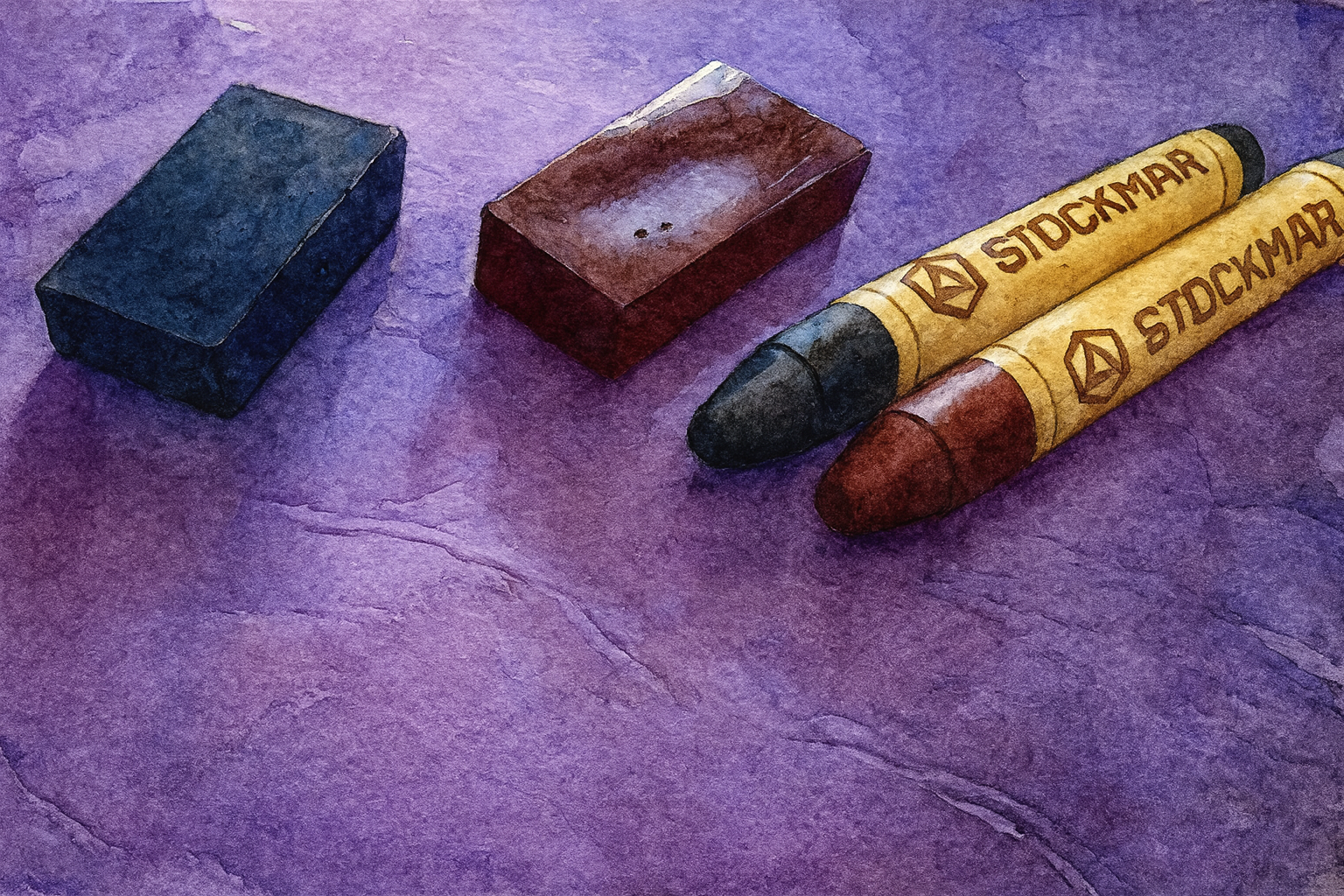
Grade 8
Grade 7 & 8 | US History
-
Age of Discovery
In a Waldorf setting, the Age of Discovery is presented in Grade 7 along with the Age of Exploration, Renaissance Biographies, Reformation Biographies, and European Geography. The Age of Discovery covers the explorers, such as Christopher Columbus, Vasco de Gama, Ferdinand Magellan, and the Hernan Cortez and Francisco Pizarro (who conquered parts of central and South America)
-
Colonial Times
The Colonial Times along with the American Revolution and Civil War are covered in the US history block for grade 8, while Western Expansion is taught in a local history block in Grade 5. However, I brought this unit to elementary school as a unit study rather than a Waldorf inspired main lesson block.
-
Revolution
Our American Revolution Unit Study was completed a few times with unique projects each time. While some books (especially picture books) may be used again when a unit comes around again, often I collect some fresh books to inspire all of us. This unit was small and was a companion to the Colonial Times unit. Many of the projects may be used with either unit.
-
Civil War
Upon entering adolescence, the Grade 8 student has a desire for stronger critical thinking and refined moral capacities. The ability to engage in critical thinking is a milestone marker of puberty. The Civil War provides a rich opportunity for student to discuss, examine conflict, freedom, justice, and human rights. By this age, students can understand social upheaval and national transformation.
Middle School Science Main Lesson Blocks
-
Physics
Physics is introduced gradually, beginning in Grade 6 and deepening through Grades 7 and 8, always grounded in direct, sensory experiences before abstract theory. In Grade 6, students explore acoustics, optics, heat, and magnetism through hands-on demonstrations. The focus is on careful observation and describing phenomena in precise, vivid language. In Grade 7, the curriculum introduces mechanics and electricity. Students examine simple machines, levers, and pulleys, observing how force, work, and motion interact. By Grade 8, physics becomes more analytical and quantitative. Topics such as hydraulics, aerodynamics, and electromagnetism are explored.
-
Chemistry
Chemistry is introduced in Grade 7 and further developed in Grade 8, always beginning with observation and experience before moving into theory. In Grade 7, students explore combustion, acids and bases, and the transformative nature of substances through dramatic, hands-on demonstrations. In Grade 8, chemistry becomes more structured and analytical. Topics such as the lime cycle, photosynthesis, and industrial processes like fermentation and metal refining are explored.
-
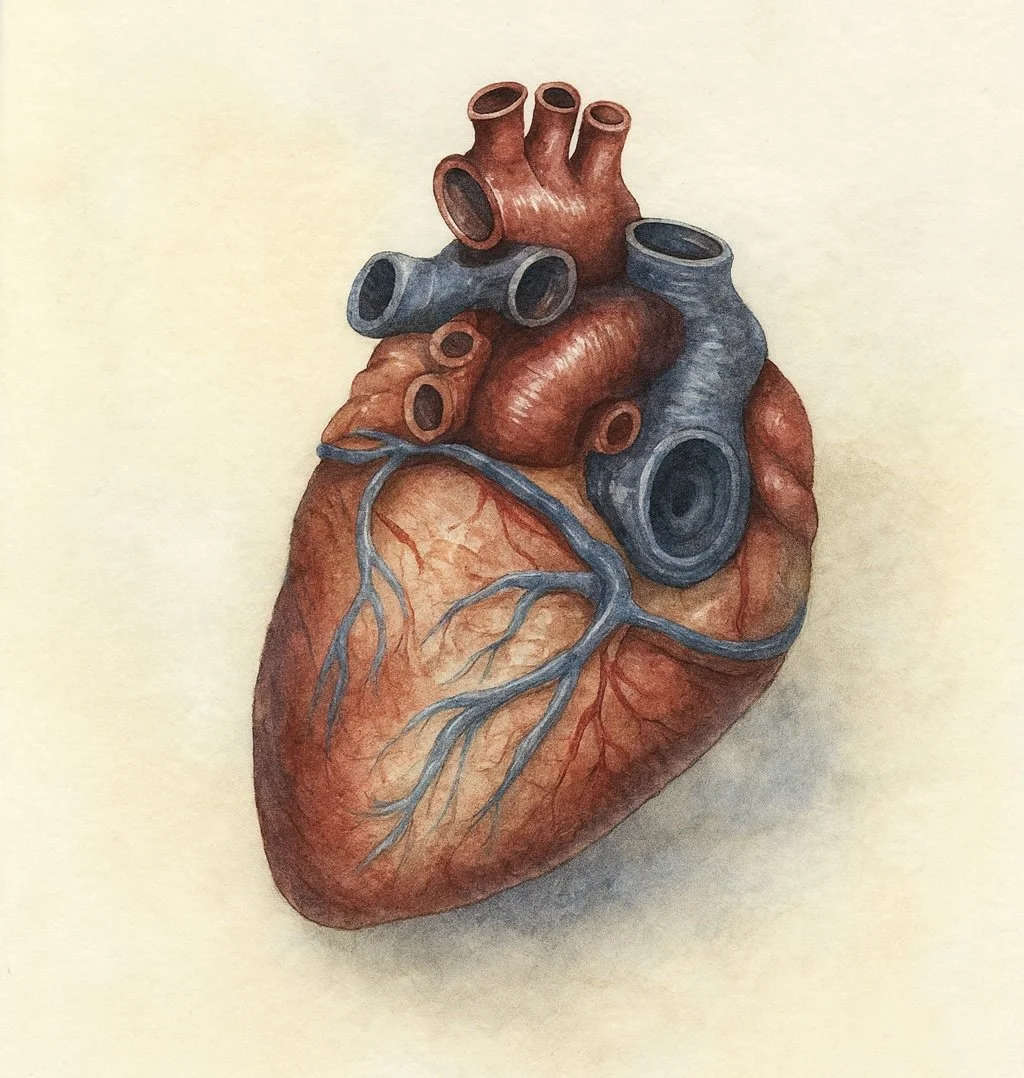
Anatomy
Anatomy is introduced in Grade 7 with a focus on the human being as a harmonious whole, rather than a collection of isolated parts. The approach is both reverent and artistic, emphasizing the wisdom and beauty of the human body. Lessons begin with major systems such as the digestive, circulatory, and respiratory systems, exploring how each one supports life and interacts with the others.
Chemistry
-

Resources & Chalk Drawings
What's the difference between Waldorf chemistry resources and Unit Study resources? Primarily, it's in the scientific content. You'll find all the science that's been discovered through years and years of science exploration in chemistry and beyond collected and organized in the following resources. What you won't find is the opportunity for your student to make his or her own conclusions based on observations of the phenomenon through chemistry demonstrations. Explore resources for both a chemistry unit study as well as a Waldorf inspired Chemistry main lesson block
-
Labs & Lessons
For this Chemistry Block, we worked through the Live Education Waldorf curriculum for many of our demonstrations and lessons while including the book Chemistry the Waldorf Way for addition demonstrations. We documented each demonstration and lesson including the written narrations or lab reports.
-

Projects & Activities
For this chemistry block, I had to think of projects and hands-on activities that would round out this study and deepen our level of understanding for the subject area. As there were limited kits and books on what I was specifically looking for, I ended up coming up with a few projects similar to ones we’ve done for other blocks.
Physics
-
Resources
As there are many sub-topics in our Physics main lesson block and because physics is taught in Grade 6, 7 and 8, I have several resources and videos. However, the majority of the videos are only available for purchase at the moment.
-

Lessons
Explore some of the lessons in our physics main lesson block. The majority of these lessons are from the final time we did our Physics main lesson block.
-
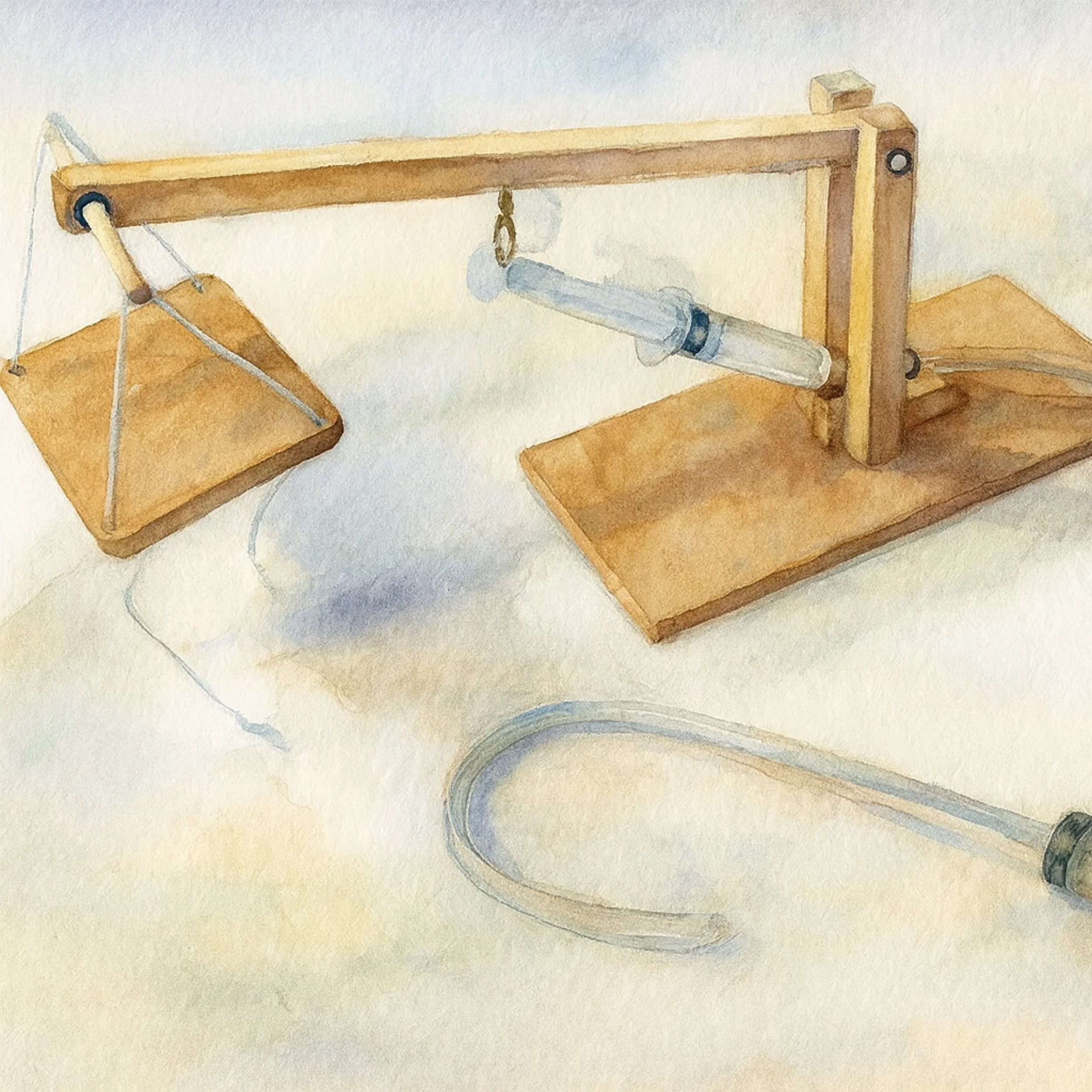
Projects & Activities
Our Projects & Activities for physics are included here as well as in the Physics Course where I share over 30 video tutorials.
-
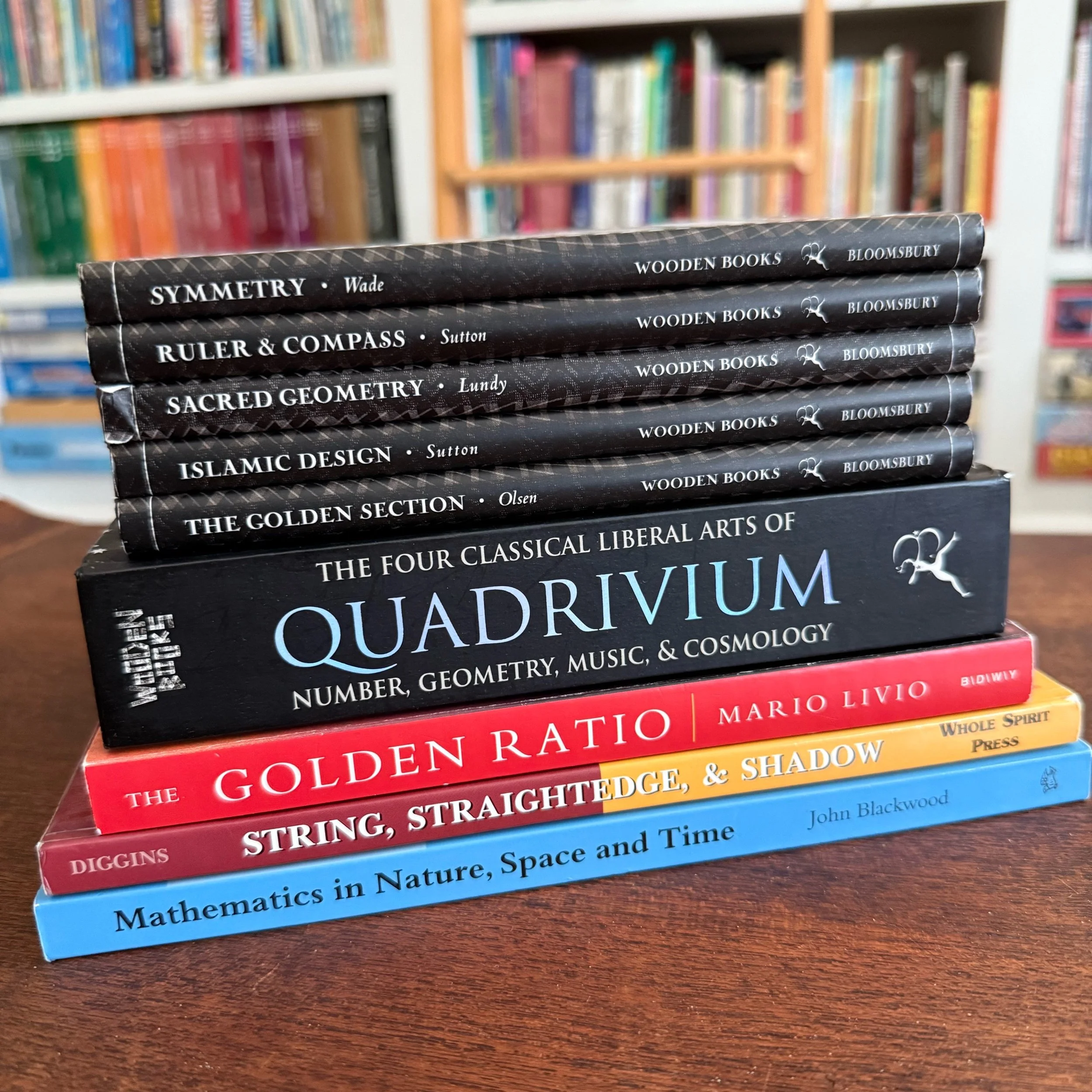
Geometry Resources
One of my favorite subjects in the Waldorf curriculum is Geometry. The way it is presented according the Waldorf pedagogy is perfection, just like geometry itself. Geometry is presented in Grade 5 and again in Grade 6 and both main lesson blocks are artistic, informative and observable. Proofs are discovered through working with the geometric form. Geometry is presented in connection with Ancient Egypt, Ancient Greece, Botany, Mineralogy and Astronomy. Geometry is beautifully integrated into the the Grade 5 and Grade 6 main lesson blocks.
-
Geometry Lessons
We have worked through our Geometry main lesson blocks at least 4 times in the years we have homeschooled and each time it feels new, beautiful and just as wonderful. Some of these lessons are tutorials, others are lessons with my children and yet others are based on the Live Education Waldorf curriculum. In all lessons, you’ll find an artistic representation of the lesson using colored pencils, watercolors or other art mediums. Geometry is meant to be experienced with this beauty and perfection, so have some high quality art materials available so you may enjoy the process and results fully.
-

Algebra Resources
Explore the Algebra resources we have used in our homeschool. We reserve the study of Algebra until Grade 9 and occasionally Grade 8. But as algebra calls on a student’s capacity for critical and abstract thinking, it’s best to present it after puberty when the student may fully engage in the learning. Attempting to introduce a simplified and intuitive form of algebra starting in Grade 1 with questions like “what plus 6 equals 10” does a student a deep disservice as a student that age is not using “X” to qualify an unknown nor is she learning to balance an equation. So this line of teaching needs to be undone before actual algebra may be taught.
Handwork Projects | Grade 8
